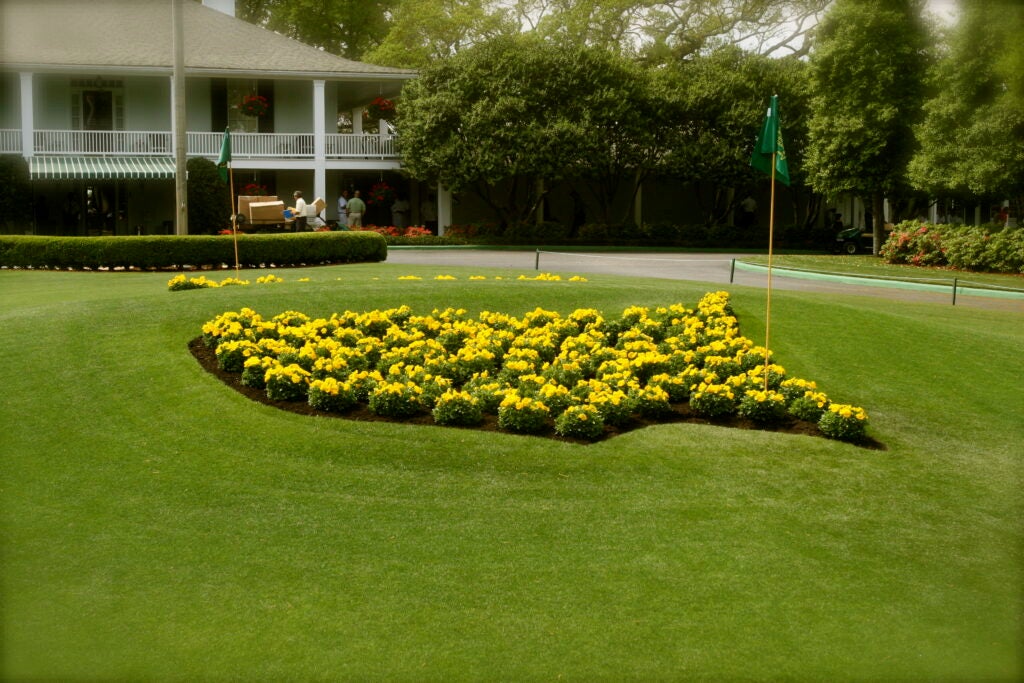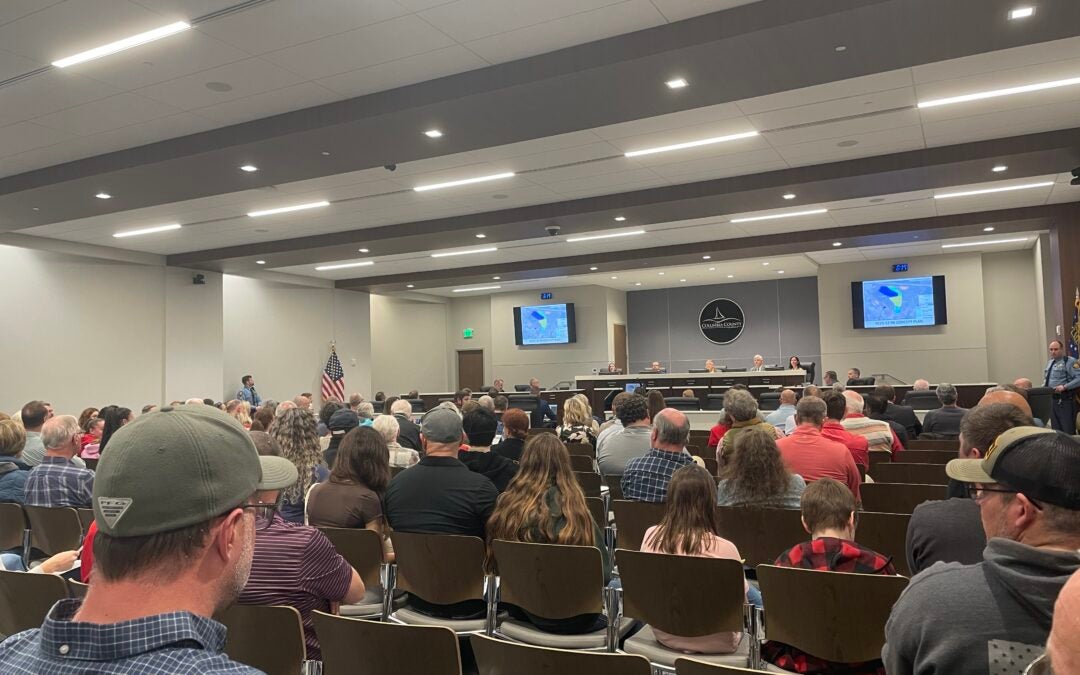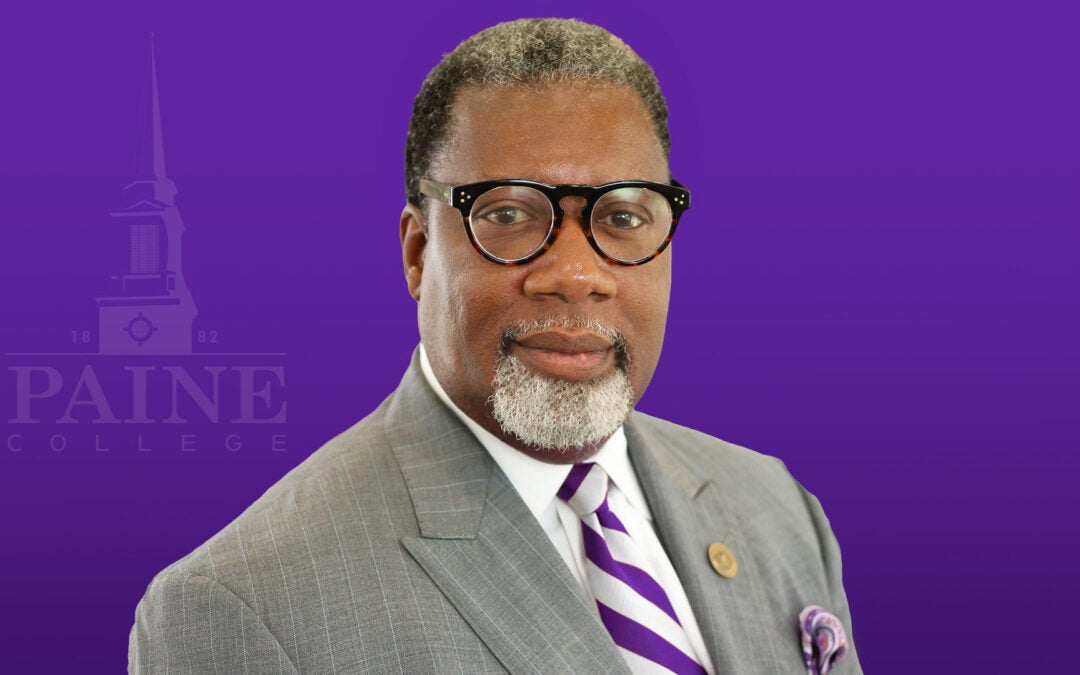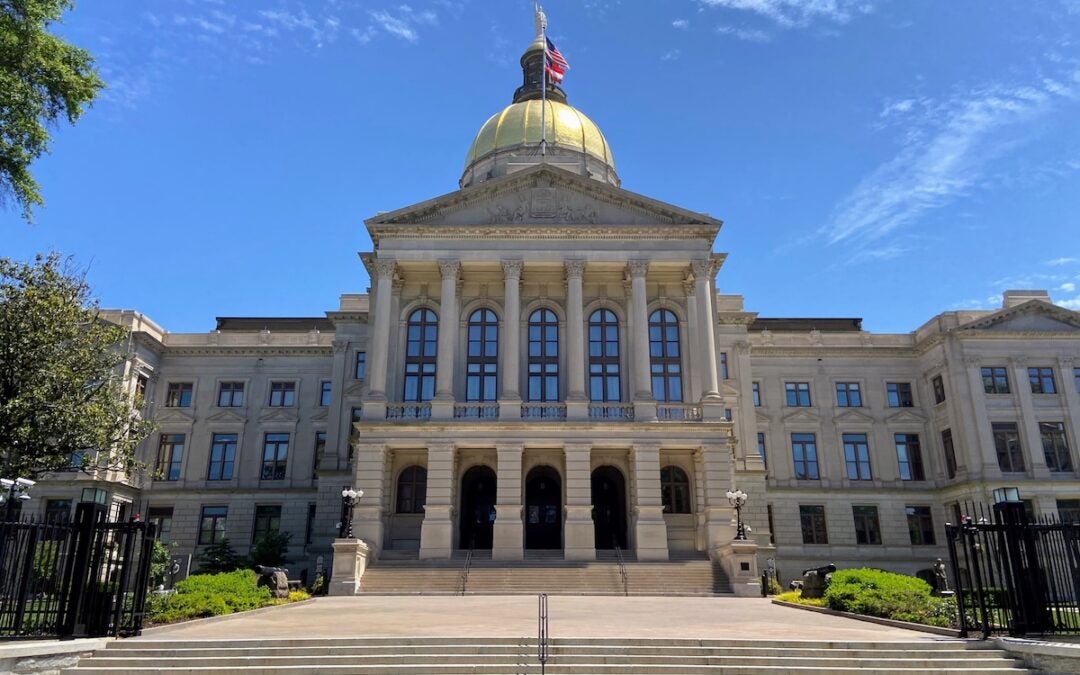The Masters Tournament has become one of the world’s premiere annual sporting events, but it almost didn’t survive its first five years.
Building the tournament took more than just the efforts of Bobby Jones and Clifford Roberts; the entire community of Augusta rallied around the fledgling tournament and helped transform golf great Bobby Jones’ dream of an international invitation only tournament into a yearly sensation.
According to Augusta University’s Hull College of Business, the Masters Tournament has an annual local economic impact of around $120 million, and that figure does not take into account the millions of dollars spent beautifying the areas around the course and the millions given to charity each year.
However, the Masters Tournament almost didn’t happen, and just seven years after the beginning of the tournament, the club was forced to suspend play for the entirety of World War II. At that point, no one could be sure if the tournament would ever return.
MORE: Mom sues after son’s death at Olmstead Homes
Jones was not the first person to set his sights on the 365-acre property once owned by the Berkmans family and operated as Fruitland Nursery. The nursery had closed in 1918 at a time when Augusta was still the winter colony for wealthy Northerners.
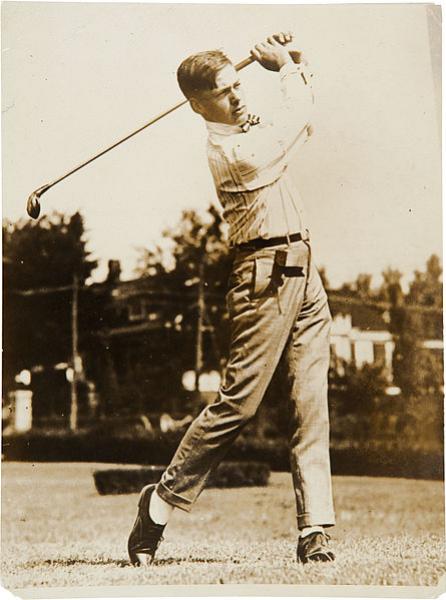
That closure caught the attention of Miami based hotelier J. Perry Commodore Stoltz, who envisioned a hotel even grander than the Bon Air. In 1926, Stoltz was on the verge of beginning construction of his hotel and golf course when disaster struck.
According to the New Georgia Encyclopedia, steel girders and other materials had been delivered to the site and the old Berkmans’ home, now the Augusta National Clubhouse, was slated to be demolished.
That same year that construction was to start, Miami was hit by a devastating hurricane which demolished Stoltz’s properties and left him on the edge of financial ruin.
Aside from a few leftover peach trees, the land sat unused for almost a decade.
In terms of Stoltz, his idea would likely have never taken flight anyway as the pre-jet-jet-set crowd were now enamored with the sunny climes and beaches of Florida and mostly bypassed Augusta as a vacation destination.
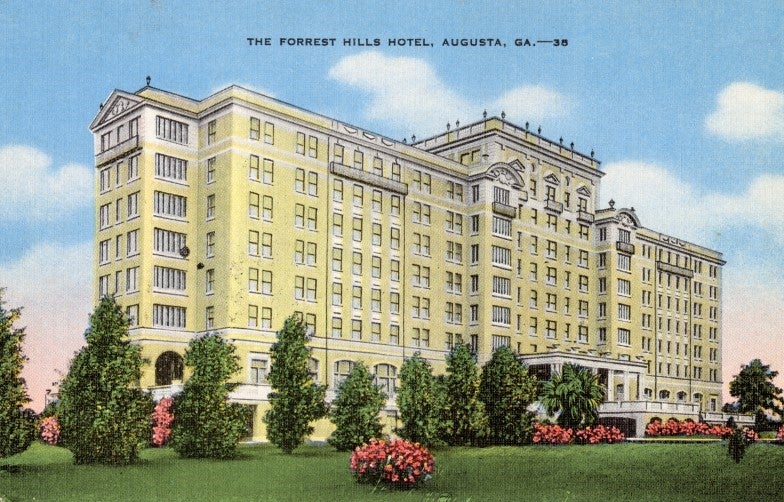
According to the late Augusta Historian Ed Cashin, the brand new Forrest-Ricker Hotel and Golf Course opened in 1926, just around the corner from Stoltz’s proposed site, but it was a decade too late and it never made it out of the red.
The stock market crash of 1929 followed and that slowed the vacation economy of Augusta even further. In fact, one major reason Jones chose Augusta as the site of his golf club was due to the fact that the land was dirt cheap.
While Jones was an international golf celebrity, he did not have the financial means on his own to create the club and he turned to his friend Clifford Roberts, a marketing and financial genius, to get the thing off the ground.
Roberts had his work cut out for him. In 1931, the height of the Great Depression, not many investors had time to discuss what seemed to be a “vanity project.” While Jones bunkered down with landscape architect Alister Mackenzie, fussing over minute slopes in the land, water features, what native and exotic plants to choose and where to place sand traps, Roberts was knocking on every door he could find with his hand out looking for money.
The first tournament was held in March of 1934 and while it was a critical success, with Jones participating in play at the behest of Roberts, financially, it was not. By 1937, Roberts would have to go before the Augusta City Council and ask for a grant to keep the tournament alive.
That same year, the Augusta Chronicle announced a restructuring of the “Business Men’s Masters Tournament Association,” an interesting name for the association since the tournament was not named the “Masters” at the time, because tickets for that year were selling slowly at best.
Originally Roberts had hoped to sell 10,000 tickets, the Augusta Chronicle reported, but it looked like they would be lucky to sell 2,000 tickets at $2.20 a badge.
Then, Roberts had a stroke of genius. He suggested that the tournament be moved to the first full week in April. Roberts’ rationale was that sports journalists covering baseball spring training in Florida would be making their way back north and it would be easy to stop for a few days and cover the tournament.
So, despite that week being the rainiest part of the year in Augusta, the dates were adjusted and in 1939, the event was officially rebranded “The Masters Tournament.”
The threat of rain also had another consequence, when the course had to be closed during play because of weather; patrons looked for shelter and something to eat off the course and restaurants soon sprung up around the course.
Everything appeared to be coming along nicely until the Japanese bombed Pearl Harbor.
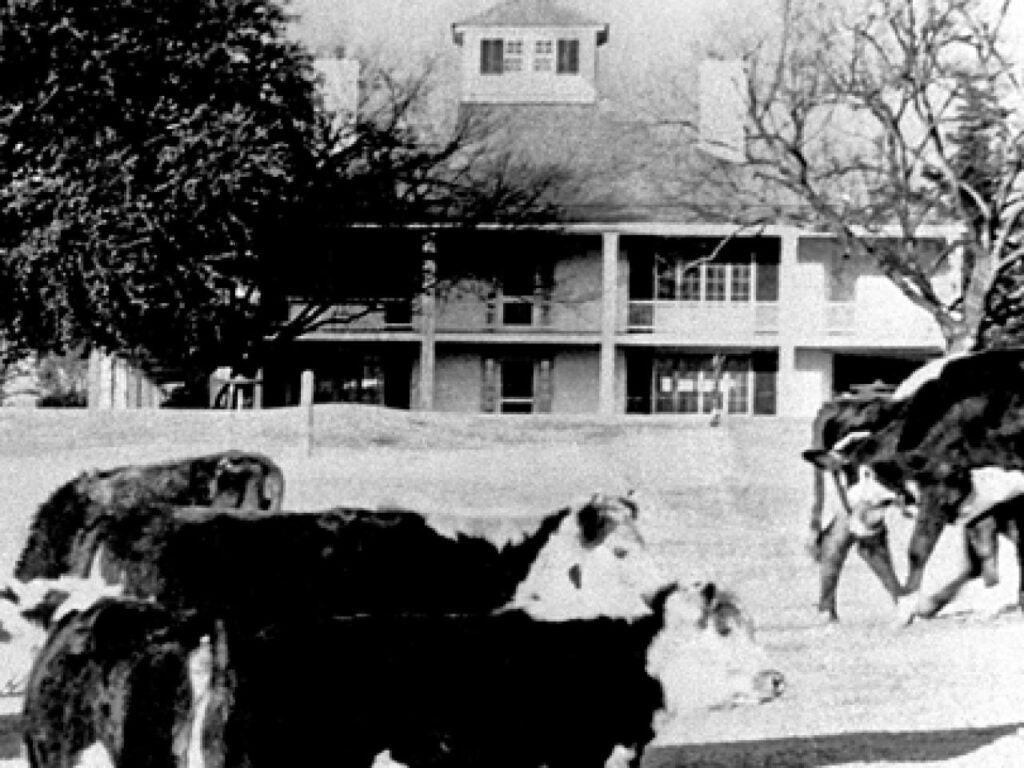
With America at war, the Masters Tournament was canceled. In an effort to make a bit of money off of the property, the Augusta National opened the course up to allow livestock to graze on the property. However, Cashin writes that the livestock scheme made no money and as war dragged on, it looked like the Masters Tournament may be finished.
After the war, the tournament would return and this time with the full support of the community. Roberts’ earlier schmoozing with sports journalists paid off as CBS decided to air the tournament starting in 1956, according to the New Georgia Encyclopedia.

Starting in 1957, Augusta began holding a parade down Broad Street. Storefronts were decorated and elaborate floats filled with dignitaries moved down the street with giant balloons overhead and confetti everywhere. People described the parade as being akin to something one might see in New York City.
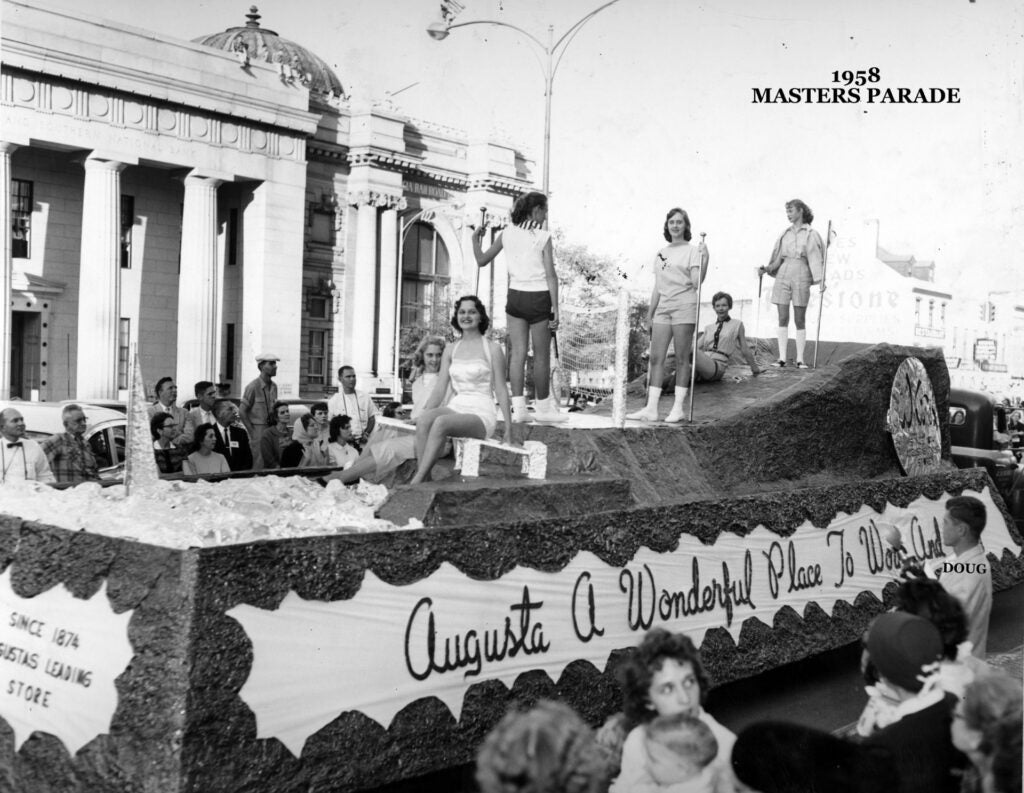
The parades became almost as big an attraction as the tournament itself. There was also a “Miss Golf” Beauty Pageant. All of this was a precursor to “Rock Fore! Dough,” the “Mayor’s Masters Reception” and the other modern celebrations held during the tournament and entertainment events that happen outside the hallowed gates of the course.
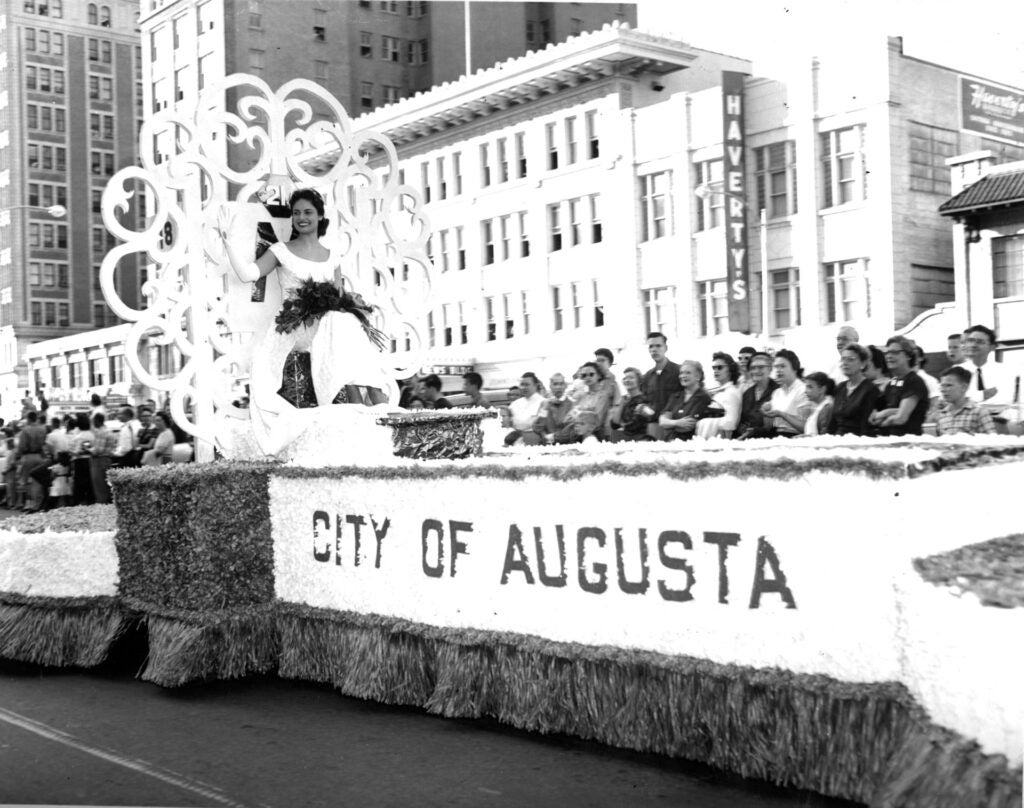
Local historian Doug Herman remembers those times when a practice round ticket could be purchased at kiosks on Broad Street and everyone in town seemed to help hype the event.
“Even before it became this international attraction, it was a big deal in Augusta. The parades not only promoted the event, but the city too,” Herman said.
Local radio stations got into the act of promoting the event by offering free practice round tickets to the fifth caller, and some retail outlets would buy up tickets and then give them away to those who made a large purchase.
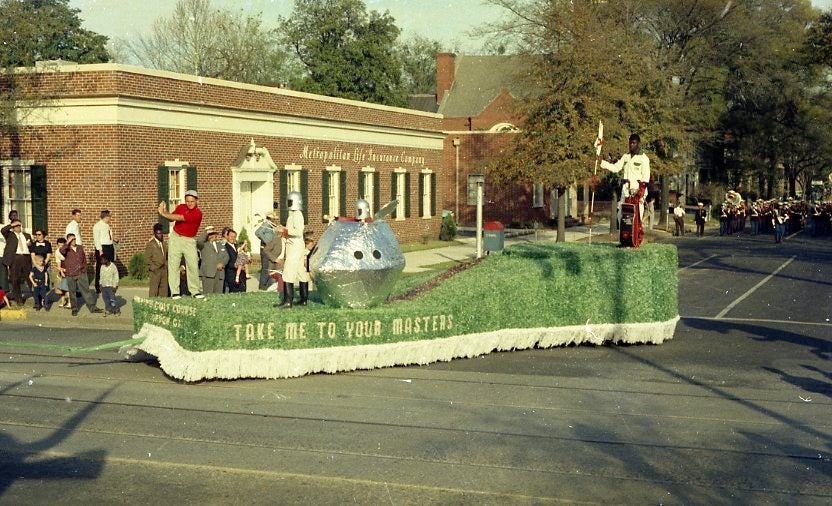
While the last parade was held in 1968, the Masters Tournament had already cemented its legacy with golfers, such as Arnie Palmer, Jack Nicholas and Tiger Woods taking the spotlight as the world continues to watch the tournament on television if they cannot get tickets to the event themselves and other non-ticket-holders simply come to Augusta for the parties and concerts.
Since its humble beginnings, the Augusta National battled the odds to push the Masters Tournament to become a cherished event and the citizens of Augusta helped make it all possible.
Scott Hudson is the Senior Investigative Reporter and Editorial Page Editor for The Augusta Press. Reach him at scott@theaugustapress.com

